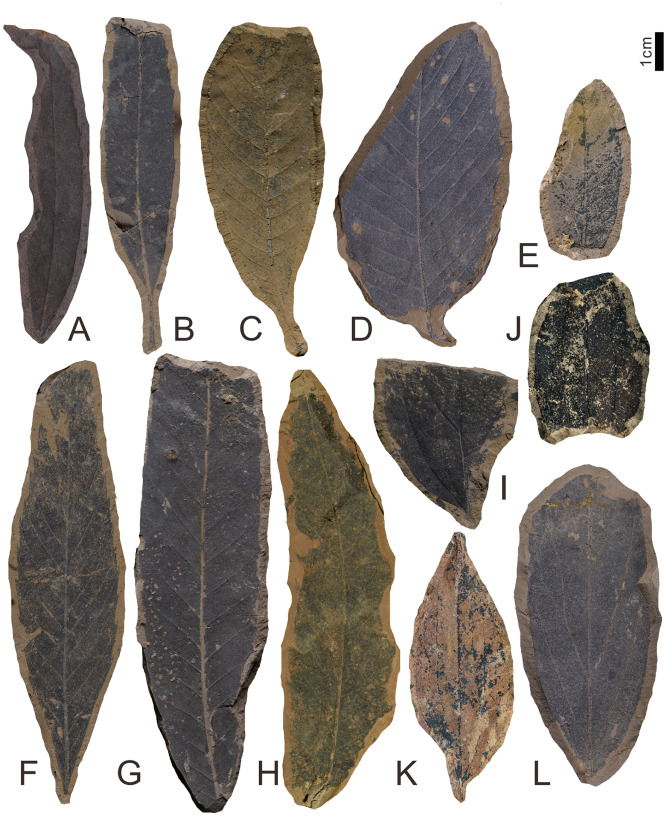The climate of the northern part of Vietnam is similar to that of southern China. It is extremely plant-rich and is known to host more than 12,000 species of higher plants. Despite the floristic significance of this region, and a history of Cenozoic palaeobotany in Vietnam dating back to the beginning of 20th century, few modern palaeobotanical studies have been carried out there.
In a study published in Palaeogeography, Palaeoclimatology, Palaeoecology, researchers from Xishuangbanna Tropical Botanical Garden (XTBG) reported a new Paleogene fossil flora from northern Vietnam. They described the floristic components of fossil assemblages from the Dong Ho Formation, Hoanh Bo Basin, Ha Long City (former Hoanh Bo District), Quang Ninh Province, northern Vietnam, and discussed the floristic affinity of those assemblages to other Cenozoic floras from southern China.
The Oligocene Ha Long megafossil flora contains 38 species belonging to 16 families and 24 genera. This fossil flora belongs to the “Paleogene Pan Gulf of Tonkin palaeoflora” characterized by a “Fagaceae – Lauraceae – Dipterocarpaceae – Liquidambar – Sabalites” assemblage. Showing a high similarity to other Paleogene floras in southern China, it can be described as a peripheral tropical forest mixed with limestone vegetation.
Using both taxon-based and non-taxonomic leaf physiognomic approaches, the researchers reconstructed the palaeovegetation and palaeoclimate qualitatively and quantitatively. The results showed that northern Vietnam experienced a hot and humid climate in the Oligocene. A monsoon climate already existed, but was weaker than at present.
Moreover, they found that the Pan Gulf of Tonkin region, with northern Vietnam as its core, had a long-term climatic and floristic stability. Therefore, it is an important source for East Asian floral and vegetation development after the post-Paleogene East Asia arid belt retreat.
Contact
HUANG Jian Ph.D
Key Laboratory of Tropical Forest Ecology, Xishuangbanna Tropical Botanical Garden, Chinese Academy of Sciences, Mengla, Yunnan 666303, China
E-mail: huangjian@xtbg.org.cn

Fagaceae and Lauraceae from the Ha Long flora. (Image by HUANG Jian)

